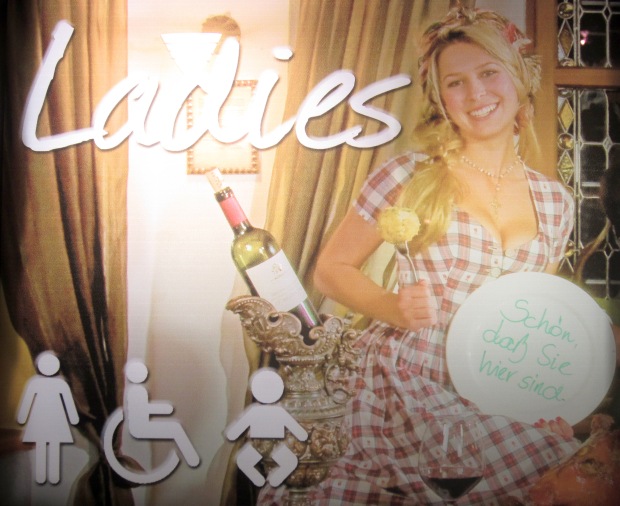It’s Oktoberfest time again!
If you ever have a chance to attend this event in Germany, there are 3 things you have to know first:
1. The proper response to “Ziggy Zoggy, Ziggy Zoggy!”
This phrase is a line from a German drinking song that people sing when they are really, really drunk, so don’t worry – the response is really, really easy:
OY! OY! OY!
If you can handle that, then you are ready for Oktoberfest!
The song actually goes like this:
Ein Prosit, Ein Prosit, der Gemütlichkeit
Eins, zwei, drei, g’suffa!
Zicke, zacke, zicke, zacke,
hoi, hoi, hoi
Supposedly it means:
A toast, a toast, a cozy place!
One, two, three drink (literally drunkeness, or sozzled)
drink, drink, drink,
hoi, hoi, hoi!
The last part doesn’t actually mean anything, so you don’t have to worry about screwing it up!
2. Oktoberfest is in September.
This is an important little tidbit to know if you are traveling from far away.
Germans have been celebrating Oktoberfest since 1810 when Prince Ludwig of Bavaria decided to get married. To celebrate, he and his friends got really sozzled at a big bash near Munich. Germans have thrown a party every year since. Oktoberfest starts on a Saturday in September and continues for 16-18 days, ending on the first Sunday in October.
So why didn’t they call it Septemberfest?
Beats me. Maybe they were too sozzled to know what month it was.
3. How much wood is up front.
For all you ladies out there, if you ever have a chance to attend Oktoberfest, be aware of one thing. Those cute little Bavarian dresses called Dirndls are not just a fashion statement. They’re designed to answer a question that’s on the mind of every Lederhosen-clad man:
Holz vor der Hütte.
It means:
How much wood is in front of the cottage?
There’s only one right way to answer this question…













